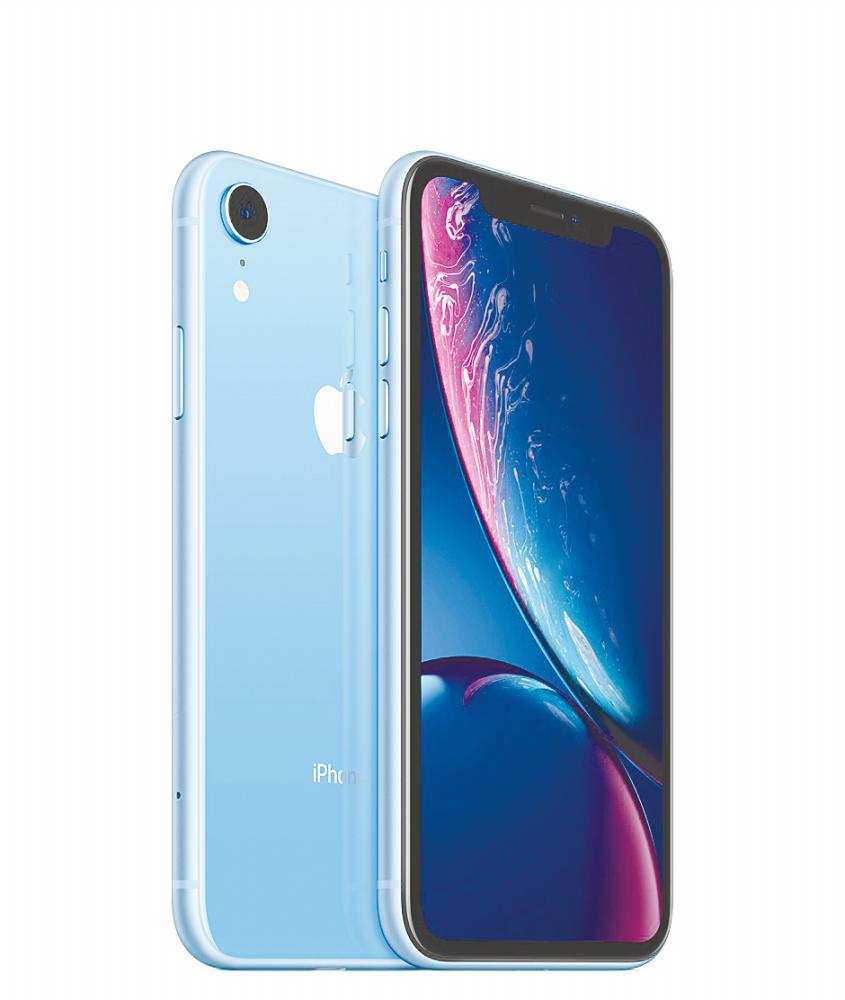SWITCHING to an iPhone can be a daunting prospect for a long-time Android user. Where does one begin? Should I pick a discounted older model, or the latest and the greatest?
As the available selection of iPhones pales in comparison to the plethora of Android phones out there, picking out a model is not that difficult.
When I first take out the new blue iPhone XR from out of its box, it glistens like a gem. It looks small compared to the giants I have been used to but surprisingly, at the same time, more substantial in feel.
I hold the power button, it comes alive, and I begin the initial setup. When the iPhone boots up and is fully configured, I stare at the interface that countless cheap Chinese Android phone makers had copied in the past.
There are no app drawers, and no easy way to sort the apps. It makes the home screen look messy. But that is the least of my issues.
In the first week of using the iPhone as my primary device, I began to miss my Android phone.
I reluctantly install Google apps like GBoard, which lets me switch between English and Bahasa Malaysia on the fly, and Google Photos so that I can back up my photos taken with the iPhone to it and have access to my older photos.
My iPhone is turning into an Android phone, but I struggle to find that spark, that special something that makes the iPhone special to so many. I am sure that it is more than mere status symbol.
My doubts linger until I bump into a friend on a work assignment who is taking photos and videos using his iPhone. We start to talk about the phone, and he shows me a fundamental truth about the iPhone: apps just work better on it.
As an example, he points out that on the iPhone, you can add more photos to your Facebook wall post without using albums – something that can only be done on iOS and desktop, but not on the Android version of the Facebook app.
The truth is, many apps are built for iPhones first, and have more features on iOS.
As I continue to discover more about my iPhone XR, I become more captivated by the quality-of-life features on it.
I love that the App Store itemises all items available in an app with in-app purchases, so there are no surprises.
I also like the phone’s ability to limit all the apps that use my location data only when I am explicitly using the app.
But what really makes the iPhone stand out is its multimedia capabilities.
Most high-end Android phones boast the most highly-rated cameras in the market. The number of cameras increase in every iteration.
Nevertheless, Android phones tend to lack the apps and platform to take advantage of and showcase media taken with their cameras.
Since apps are made for iPhones first, iOS has the edge.
Back in the day, at the dawn of Google and Facebook, there was a saying: “If it’s free, you’re the product.” It refers to the fact that if you get a service online for free, your data and information is the real commodity that is being traded.
Apple does not thrive on user data, which is perhaps why its iPhones tend to be more pricey.
Let’s face it: I could get a high-end Android phone with a bigger and higher resolution display for the same price as the iPhone XR, the most modest of the three latest iPhone options today.
The Android phone would most probably have thinner bezels and would definitely give me more freedom, more control, and more options.
However, if I want to get my parents a phone that just works, one that I don’t have to micro-manage and has its user’s security and privacy in mind, well, you know what I would pick.
Now, the iPhone XR acts as my primary phone, and an Android phone as my secondary one.
I communicate, take photos, run everyday apps, and post on the iPhone. It stays in my pocket.
But I still write, play games, and enjoy media on my Android phone which stays in my bag, because it has a bigger and higher resolution screen.










